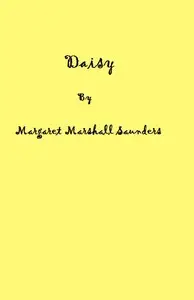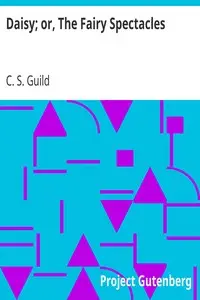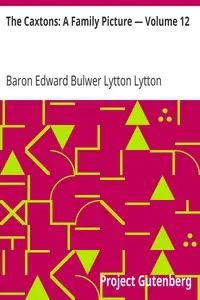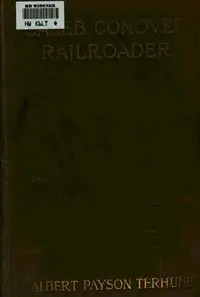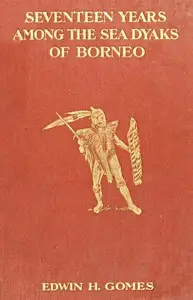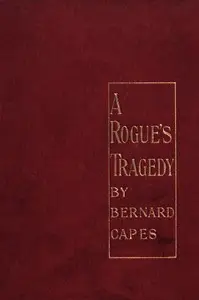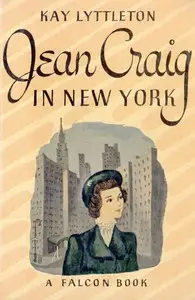"Daisy Burns (Volume 1)" by Julia Kavanagh is a 19th-century story about Margaret Burns, a young girl who lives a secluded life with her doctor father in a far-off cottage. We see Margaret’s feelings and how she deals with things as she grows up, facing loss and change. When her father passes away, Margaret thinks a lot about the past and how alone she feels now. She is sad and jealous about her father's friendship with Cornelius O'Reilly, who used to visit, but these feelings also show how strong and caring she is. The beginning of the story is full of memories and sadness as Margaret tries to handle her new life. This sets the stage for how she will act with others as she leaves her safe home and gets ready to face the bigger, more complicated world, maybe even with Cornelius.

Daisy Burns (Volume 1)
By Julia Kavanagh
A young, sheltered girl grapples with grief and jealousy after her father's death, setting her on a path toward an uncertain future.
Summary
About the AuthorJulia Kavanagh was an Irish novelist, born at Thurles in County Tipperary, Ireland—then part of the United Kingdom of Great Britain and Ireland. Her numerous contributions to literature have classified her as one of the non-canonical minor novelists of the Victorian period (1837–1901). Although she is mainly known for the novel and tales she wrote, she also published important non-fiction works that explored the theme of female political, moral and philosophical contributions to society. The appeal of her works is represented by the fact that several of her works have been translated into French, German, Italian and Swedish. Her texts also reached North America, where some of her works appeared in Littell's Living Age, an American magazine. Moreover, she was known to celebrated writers of domestic fiction such as Charles Dickens.
Julia Kavanagh was an Irish novelist, born at Thurles in County Tipperary, Ireland—then part of the United Kingdom of Great Britain and Ireland. Her numerous contributions to literature have classified her as one of the non-canonical minor novelists of the Victorian period (1837–1901). Although she is mainly known for the novel and tales she wrote, she also published important non-fiction works that explored the theme of female political, moral and philosophical contributions to society. The appeal of her works is represented by the fact that several of her works have been translated into French, German, Italian and Swedish. Her texts also reached North America, where some of her works appeared in Littell's Living Age, an American magazine. Moreover, she was known to celebrated writers of domestic fiction such as Charles Dickens.


